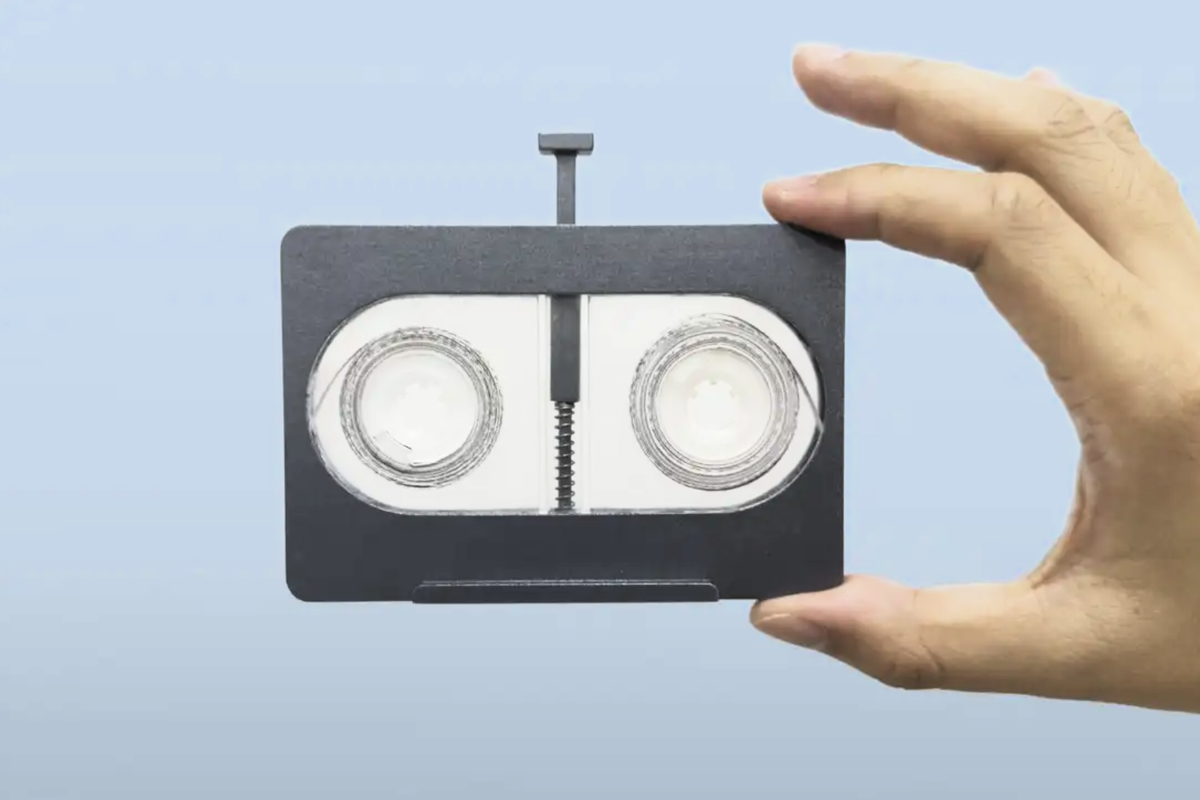
Researchers in China have created a cassette tape capable of storing enough data to hold every song ever recorded.
The team from the Southern University of Science and Technology in Guangdong made the breakthrough by printing synthetic DNA molecules onto a plastic tape and coating it in something called “crystal armour” to protect it.
Holding 100 metres of the DNA tape, the cassette is able to hold 36 petabytes of data – equivalent to 36,000 terabyte hard drives.
The scientists say the high storage density can serve as an alternative to conventional methods, especially considering the global expansion of data growth.
“With the explosive growth of data in the present day, nonvolatile memory based on semiconductors has reached the limits of Moore’s Law, and new media are necessary to store unbelievably large amounts of data,” the researchers noted.
“DNA has the potential to become the next-generation information storage medium due to its high storage density and long-term storage time without electrical maintenance.”
The cassette was detailed in a study, titled ‘A compact cassette tape for DNA-based data storage’, published in the journal Science Advances.
Global data is projected to reach 175 zettabytes – 175 million petabytes – this year, according to figures from the Internet Data Center (IDC).
DNA is increasingly seen as a medium that could outlast all former data storage methods, capable of lasting for centuries with degrading.
The idea of storing data at a molecular level was first proposed by the American physicist Richard Feynman in a 1959 lecture titled ‘There’s plenty of room at the bottom’.
It was more than half a century later before scientists first achieved DNA storage in a lab at Harvard University in 2012.
In 2019, US startup Catalog DNA made one of the first practical demonstrations of the method by packing the entire text of Wikipedia’s English-language version onto DNA.
The Boston-based company claims that DNA will “totally disrupt the economics of data”, however it needs to become more cost-effective and reliably accessible before it is adopted at any significant scale.
One of the techniques used by the researches at Southern University of Science and Technology could solve the second of these problems. By placing a series of barcodes over the tape, the data can be more easily retrieved.
Elon Musk says the next version of Grok AI will match human intelligence
Meta’s Mark Zuckerberg unveils new smart glasses powered by AI
Tesla drivers claim self-driving function fails at some railroad crossings
Battery breakthrough paves the way for safer, more powerful phones and cars
Trump vs Tech: How an immigration fight could blow up the fragile alliance
Legendary 2000s music sharing app LimeWire acquires Fyre Festival - sort of







